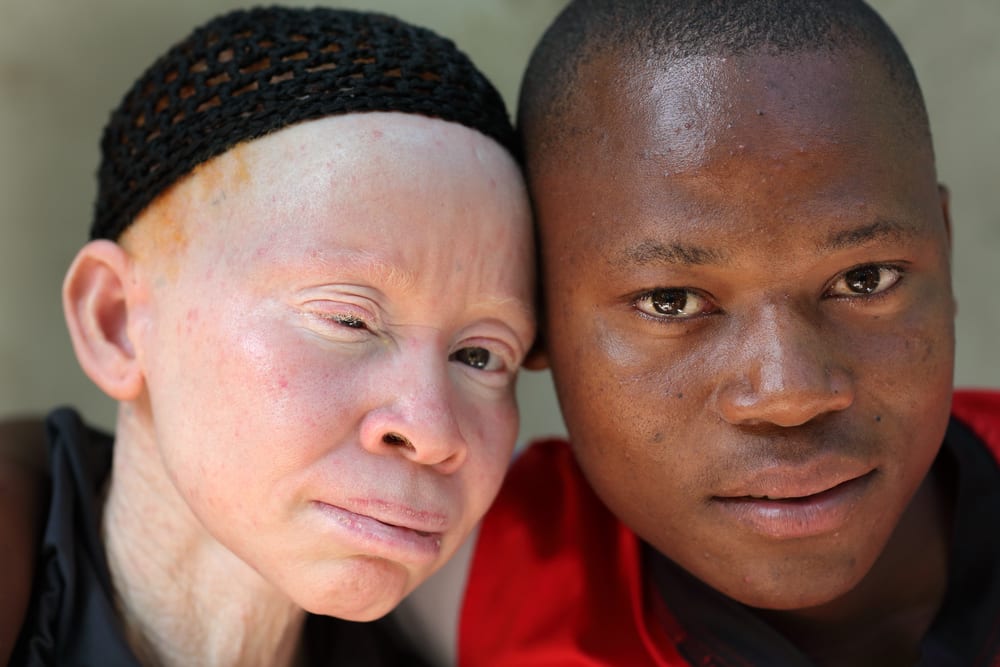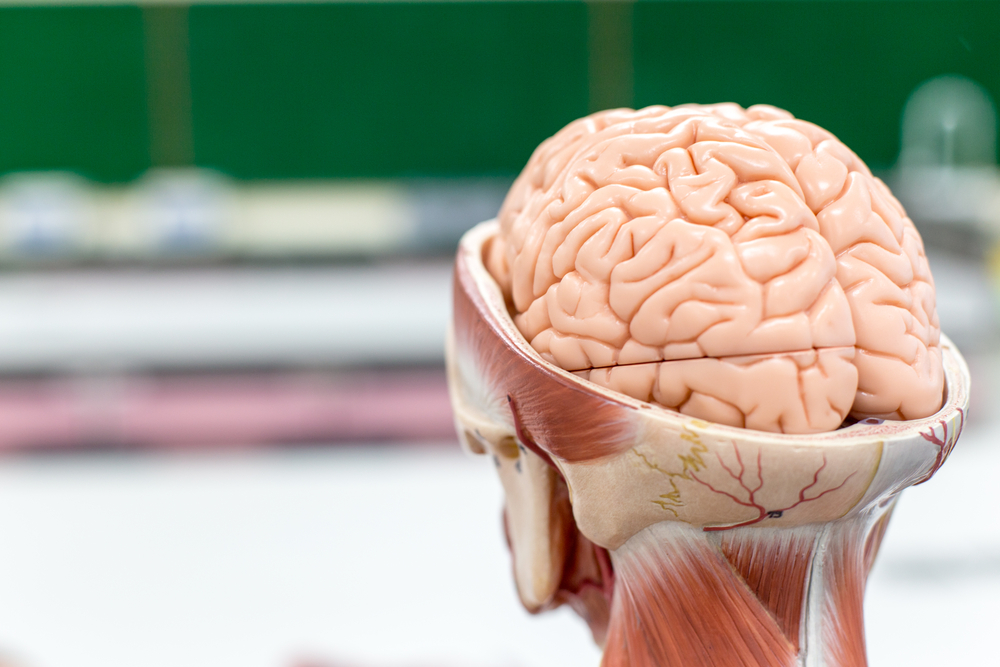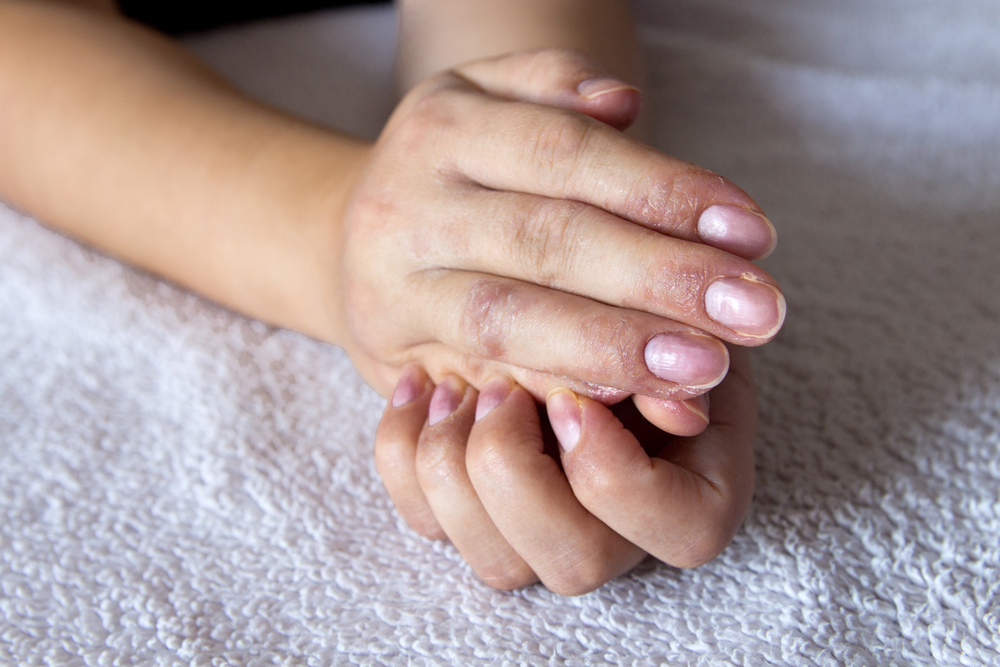Contents:
Medical Video: 25 Facts About Albinism We Might Want To Be Aware Of
Many myths and superstitions circulating throughout the world about people with albinism (albino). African culture, for example, regards people with albinism as a curse, even certain body parts are said to have magical powers. This has led to many cases of alienation, abduction, violence, and murder of children, women and men with albinism. In Indonesia alone, people with albinism are often mistaken for "Caucasians", even though they are really authentic Indonesian blood.
Here are eight facts of albinism that you must know, in order to commemorate World Albinism Day which falls every June 13.
Revealing the myths and facts of albinism
1. Albinism is not the result of cross marriage
Children born with albinism may look 'white' because of a lack of skin pigment or even none at all, but not a product of cross-race sexual relations. Albinism is a parent-to-child genetic disorder, which makes a person not have natural color pigment (melanin) on their skin and hair and eyes. That means, albinism can attack anyone, regardless of gender, social status, or race and ethnicity.
As a result, people with albinism - often called 'albino' or technically 'albinoid' - will have a very pale skin color, almost white hair, and pale blue eyes or sometimes even red purple (this is because the red retina is visible through transparent iris) for the rest of his life.
2. Albinime has many types
The medical world has identified several types of albinism, which are distinguished by changes in skin color, hair, and their typical eyes and by their genetic causes.
Oculocutaneous type 1 Albinism is characterized by white hair, very pale skin, and brightly colored eyes. Type 2 is usually less severe than type 1; The skin is usually creamy white, and the hair may be light yellow, blonde, or light brown. Type 3 includes a form of albinism called rufous oculocutaneous albinism, which usually attacks black or dark people. Affected individuals have reddish brown skin, ginger, or red hair, and brown hazel or brown slices. Type 4 has signs and symptoms similar to those seen in type 2.
Albinism occurs due to mutations in several genes, including TYR, OCA2, TYRP1, and SLC45A2. Changes in the TYR gene cause type 1; Mutations in the OCA2 gene are responsible for type 2; TYRP1 mutations cause type 3; and changes to the SLC45A2 gene produce type 4. The gene associated with albinism is involved in producing pigment called melanin, which is a substance that gives skin, hair, and the color of his eyes. Melanin also plays a role in retinal staining which provides normal vision. That's why people with albinism tend to have vision problems.
3. One in 17 thousand people in the world live with albinism
Albinism is a rare genetic disorder, affecting about 1 in 17 thousand people living on earth. However, data on the prevalence of albinism according to the state are still confusing. Based on data from the World Health Organization (WHO), the number of albinism cases in Europe and North America is estimated to reach 1 in 20 thousand people, while the numbers in Sub-Saharan Africa vary from 1 per 5 thousand to 1 per 15 thousand people. In some parts of Africa even the numbers can be higher, reaching 1 out of every 3 thousand people.
4. Animals and plants can also experience albinism
Albinism can even be found in plants and animal kingdoms. In the case of animals, albinism is not fatal. However, albino animals may face vision problems, making it difficult for them to hunt for food and protect themselves from danger. Therefore, their survival rates may be less than normal animals of the same species. White tigers and white whales are examples of exotic, famous albino animals because of their distinct and unusual skin color.
However, albino plants usually have a short life due to a lack of pigments that can threaten their photosynthesis process. Albino plants usually only survive less than 10 days.
5. People with albinism are prone to skin cancer
The appearance of "Caucasians" originating from albinism is caused by a lack of melanin. Even though humans don't need melanin to survive, lack of substance can cause its own health problems because melanin helps protect the skin from UVA and UVB radiation from the sun. People with albinism synthesize vitamin D five times faster than people with dark skin. Because vitamin D is produced when ultraviolet-B rays enter the skin, lack of pigmentation means that light can enter and penetrate into the skin more easily.
This means that someone who has albinism is twice as likely to burn the sun, even on a cool day, than someone with a more normal level of melanin. This also means that people with albinism have a higher risk of melanoma skin cancer.
6. People with albinism have vision problems
Although usually people with albinism have pink or red eyes, the color of the iris can vary from light gray to blue (most common) and even brown. The reddish color comes from light reflected in the back of the eye, in the same way as light flash cameras that sometimes produce images with red eyes.
Abnormalities do not only occur in the physical appearance of the eyes. People with albinism tend to have vision problems because of the lack of melanin pigments in the retina. In addition to "coloring" the skin and hair, melanin also plays a role in staining the retina which provides normal vision. That's why they may have minus or plus eyes, and may need vision assistance.
Other eye problems associated with albinism include eye twitching (nystagmus), and sensitivity to light (photophobia). Some types of ocular albinism versions that are passed down from mother to child can be serious enough to cause permanent blindness.
7. Married blood is one of the risk factors for albinism
Incest between close cousins, siblings, and biological parents is at very high risk of inheriting albinism in the offspring later. This is because albinism is an autosomal recessive disease.
This disease will only emerge when a child is born to a father and mother who share this damaged gene. This means that both of you both carry the genes of making melanin which are damaged because they are lowered directly from your parents, and have a 50 percent chance to pass on damaged genes to your child, so later their offspring then have a 25 percent chance of risk of albinism. Whereas if only one party has an albinism gene, the child will not inherit it.
Even so, not all Albino people are the result of incest marriages. There is no strong medical evidence that can claim that incest is the sole cause of albinism. Albinism occurs when there is a mutation or genetic damage in a person's DNA. However, until now no exact cause of the gene damage has been found.
8. Albinism has no cure
There is no effective treatment known to cure albinism, but there are some lifestyle changes or simple treatments to improve the quality of life for people with albinism. Vision problems and eye conditions can be treated by reducing direct exposure to light, using glasses, or by undergoing surgery, and the potential for skin problems can be prevented / dealt with by routinely applying SPF 30 minimum sunscreen and other protective items (eg, long hand clothes and pants, hats, sunglasses, etc.












